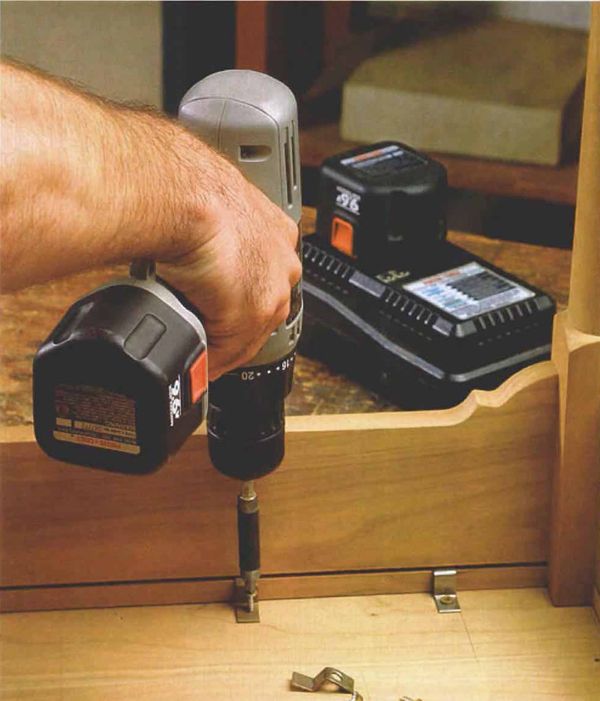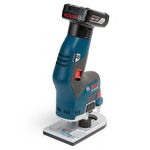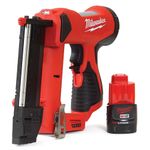Peak Power for Cordless Tools
Follow a few simple rules to get the best performance from your rechargeable batteries
Synopsis: The way we use cordless tools has a major influence on their performance; this article explains how batteries and chargers work to help you maximize service from your cordless products. The author explains how to extend the life of a battery, best practices for using a charger, and what to expect with industry improvements over the next few years.
Cordless power products have been one of the great growth industries of the last few years. By the middle of 2000, there were an estimated 431 million cordless products in the United States alone, according to the Rechargeable Battery Recycling Corp. Many woodworkers have embraced cordless tools, but the performance and life span of the rechargeable batteries has left many owners disappointed. With replacement batteries costing more than $100 for a 24-volt model, averaging a third of the power tool’s original price, this is a serious handicap.
For 30 years I ran a company that specialized in electrical equipment designed to test portable tools. As part of our research, we performed extensive long-term tests on batteries and studied every new charger as it became available. I learned that the way we use cordless products has a major influence on their performance. If you are getting fewer than five years of use or 500 charges from your batteries, your recharging procedure may be at fault. A clear understanding of how the batteries and chargers work will help you maximize service from your cordless tools.
Battery packs are made up of individual 1.2-volt cells
Three types of batteries have been used in cordless tools. The lead acid variety, used in some early cordless tools, never caught on because of its bulk and the fact that the voltage declines over the discharge period.
The nickel-cadmium (Ni-Cd) battery, on the other hand, stores a great deal of energy in a small, relatively light package. The voltage output remains constant, allowing the product to be used at full capacity until the charge has been depleted.
The nickel-metal-hydride (Ni-MH) battery is the newest. This battery has characteristics similar to the nickel cadmium but offers up to 30% more storage capacity, which translates to a longer run time between charges. Nickel-metal-hydride batteries require a special charger. While a nickel-cadmium battery can be charged in a nickel-metal-hydride charger, the reverse is not true. In mid-1999, a survey found that 85% of cordless tools used nickel-cadmium batteries, with the balance mostly nickelmetal-hydride and a few lead batteries. However, the proportion of nickel-metalhydride powered tools is growing, with some manufacturers, including Makita, moving toward having only entry-level tools using nickel-cadmium batteries.
Most cordless tools, with either type of battery, use a battery made up of two or more sealed cells. Each cell produces 1.2 volts; the batteries come in multiples of that. Common sizes are 6, 9.6, 12, 14.4, 18, 19.2 or 24 volts. The higher the voltage, the more energy available but at greater cost and weight.
From Fine Woodworking #151
For the full article, download the PDF below:
Fine Woodworking Recommended Products

Bosch 12V Trim Router

Milwaukee M12 23-Gauge Cordless Pin Nailer

Fein Turbo II HEPA Wet/Dry Dust Extractor






















Log in or create an account to post a comment.
Sign up Log in